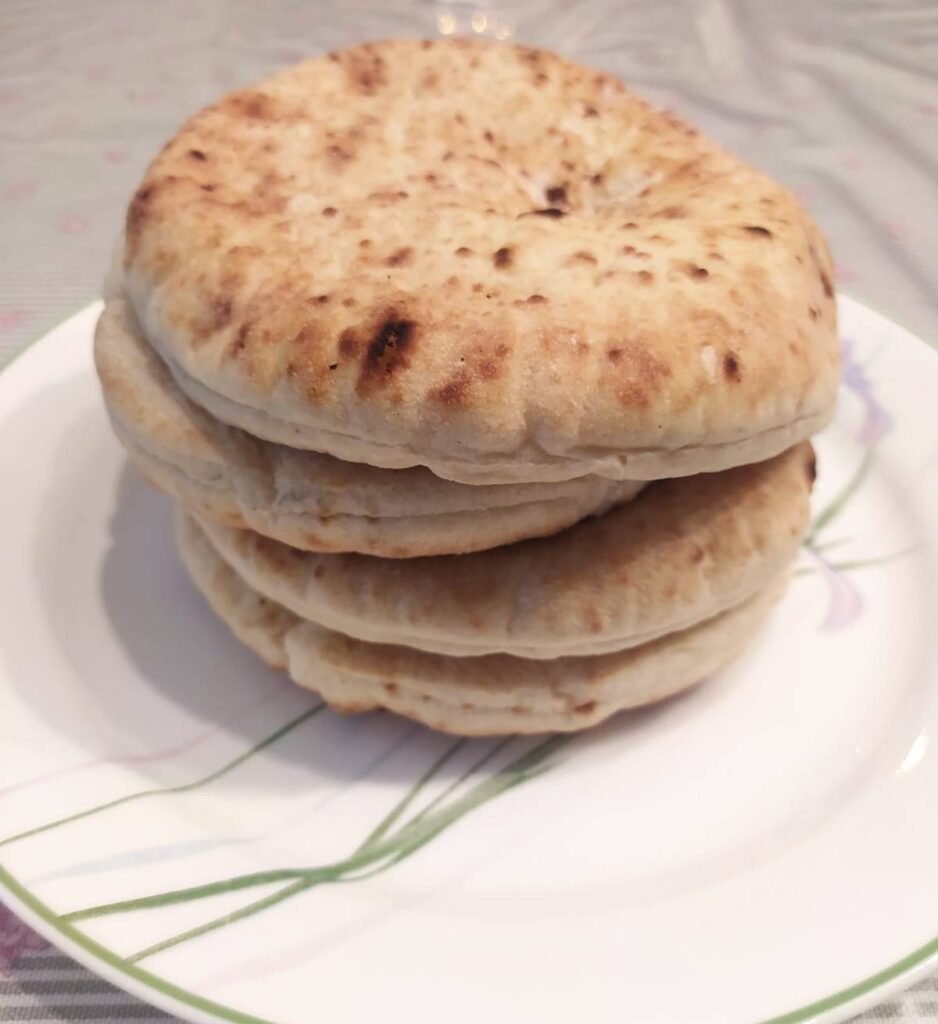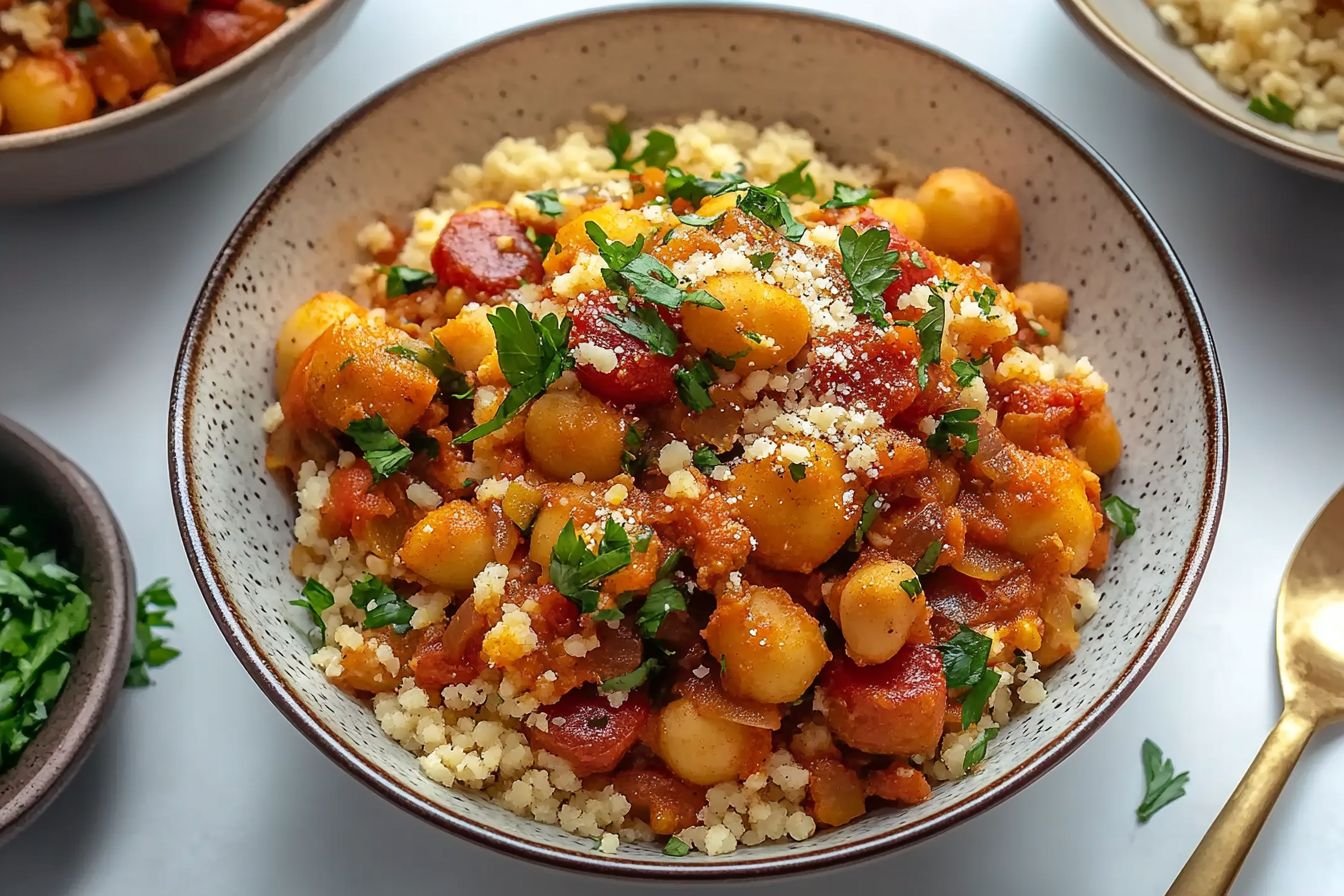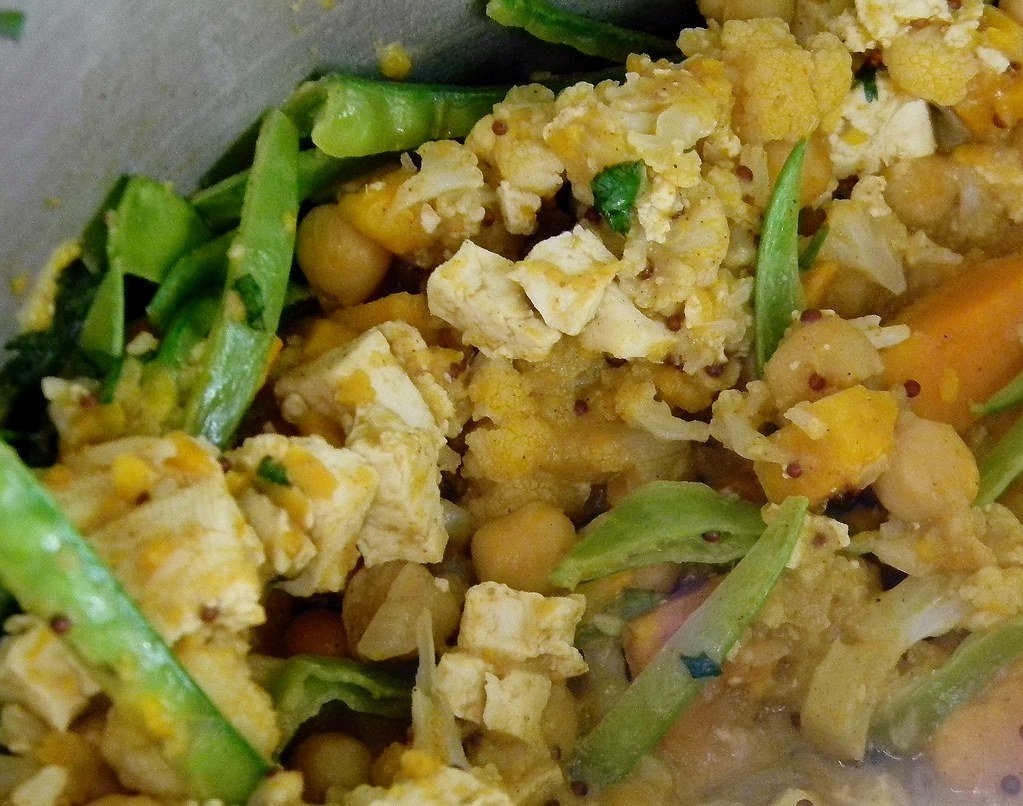Vegetable tagine with couscous always comes to mind when I think of comforting meals. This dish combines rich flavors from a blend of spices, seasonal vegetables, and a light, fluffy couscous that makes every bite memorable. Creating this delightful meal requires key ingredients such as olive oil, onion, garlic, cumin, ginger, cinnamon, sweet potato, vegetable stock, cauliflower, chickpeas, diced tomatoes, sea salt, and the perfect amount of water and couscous.
Preparing a vegetable tagine is a wonderful way to explore the vibrant tastes of Moroccan cuisine. The warm spices blend beautifully, creating a fragrant base that enhances the medley of vegetables. As it simmers, your kitchen fills with an inviting aroma that makes you eager to serve this hearty dish.
What Is Vegetable Tagine
Vegetable tagine is a traditional Moroccan dish that highlights the flavors of various vegetables. It cooks slowly in a special pot called a tagine, which has a conical lid that helps retain moisture and infuse flavors.
I like using a combination of vegetables such as:
- Carrots
- Zucchini
- Bell peppers
- Eggplant
- Onions
These ingredients combine with cumin, coriander, and saffron to create a rich, aromatic dish.
Tagine isn’t just a meal; it’s an experience. I appreciate serving it alongside fluffy couscous, which soaks up all the delicious sauce. The combination makes for a satisfying and healthy dish that’s perfect for sharing with friends and family.
Vegetable tagine reflects the essence of Moroccan cuisine, combining diverse ingredients with simple techniques. Its vibrant colors and aromas never fail to impress and comfort.
Couscous Overview
Couscous is a versatile grain made from durum wheat. It comes in small granules and serves as a fantastic base for many dishes due to its light texture and ability to absorb flavors.
Couscous has several types, including:
- Moroccan Couscous: The smallest granules, light and fluffy.
- Israeli Couscous (Pearl Couscous): Larger, chewy grains; great in salads.
- Whole Wheat Couscous: Offers a nuttier flavor and more fiber.
I often add various ingredients to couscous, such as vegetables, herbs, or spices, to enhance its taste. It’s an excellent side dish that complements many cuisines, especially North African and Mediterranean dishes.
Ingredients:
For the Vegetable Tagine:
- 2 tbsp of extra-virgin olive oil
- 1 small peeled and chopped onion
- 4 large smashed and chopped cloves of garlic
- 1 large sweet potato (peeled and cut into 1-inch chunks)
- 1 1/2 tsp of cumin
- 1 tsp of ground ginger
- 1 tsp of ground cinnamon
- 2 cups of vegetable stock
- 4 cups of cauliflower florets
- 1 (15 oz) can of drained chickpeas
- 1 (14.5 oz) can of diced tomatoes with the juice
- Salt and ground black pepper, to taste
For the Couscous:
- 1 1/2 cups of water
- 1 tbsp of extra-virgin olive oil
- 1 1/2 cups of regular or whole-wheat couscous
How to make vegetable tagine with couscous?
- Begin by warming olive oil in a large Dutch oven over medium-high heat.
- Once hot, add chopped onion and sauté for 5-7 minutes until translucent.
- Stir in garlic, cumin, ginger, and cinnamon, sautéing for 1 minute until fragrant.
- Add diced sweet potato and coat well with the spices.
- Pour in vegetable stock, followed by drained chickpeas, cauliflower florets, and diced tomatoes.
- Heat it until it starts boiling, then turn the heat down low. Let it simmer with the lid partly on for 25 minutes, or until the sweet potatoes are soft. Season with salt and pepper to taste.
- Remove from heat and let rest while preparing the couscous.
- To make the couscous, bring water and a little oil to a boil in a medium saucepan.
- Add the couscous, cover the pot, and remove from heat.
- Let sit for 5 minutes to absorb the water, then fluff with a fork.
- Serve the couscous alongside the tagine.
Nutritional Information
| Nutrient | Amount |
|---|---|
| Calories | 314 |
| Protein | 10g |
| Carbohydrates | 50g |
| Cholesterol | 0mg |
| Fat | 9g |
| Fiber | 9g |
| Sugar | 9g |
| Sodium | 675mg |
Serving Suggestions
I often have tagine with a side of fresh salad or yogurt. These additions not only enhance flavor but also increase nutrient intake.
This vegetable tagine stands out as a nutritious vegetarian option. It combines various vegetables, offering diverse nutrients while remaining delicious.
Serving Suggestions
- Garnish: Add a sprinkle of chopped fresh herbs, such as parsley or cilantro, for a burst of color and flavor.
- Sides: Consider pairing it with:
- Flatbread: Soft, warm pita or lavash complements the dish well.
- Salad: A light cucumber and tomato salad can balance the warmth.
- Sauce: Drizzle some tahini or yogurt sauce on top for creaminess.
- Nuts: Toasted almonds or pine nuts add a nice crunch and extra nutrition.
- Spices: Serve some more spices, like harissa or a za’atar mix, on the side for those who enjoy extra heat or flavor.
- Beverages: A refreshing mint tea or yogurt-based drink pairs wonderfully with tagine.
- Serving Style: I like to serve it family-style in a large bowl, allowing everyone to help themselves. Using individual bowls can create a more personal dining experience.
Storing and Reheating
Storage
- Cool the dish first: Allow the tagine and couscous to cool to room temperature before storing.
- Use airtight containers: Transfer leftovers into airtight containers. This prevents moisture loss and keeps flavors intact.
- Refrigerate promptly: Store in the refrigerator for 3-4 days.
Freezing
If I want to keep it longer, I freeze it.
- Label containers: Write the date on the container so I can track freshness.
- Use freezer-safe containers: I make sure to use containers designed for freezing.
Vegetable tagine with couscous can last 2-3 months in the freezer.
Reheating
When it’s time to enjoy the leftovers, I reheat them carefully.
- Microwave: I heat individual portions in the microwave. A few minutes should do the trick.
- Stovetop: For larger portions, I warm them over medium heat. Adding a splash of water can help keep it moist.
- Oven: I preheat my oven to 350°F (175°C) and cover the container with foil. It takes about 20-30 minutes to reheat.
Side Dishes and Pairings
- Harissa Spiced Vegetables: Roasted vegetables with a kick bring an exciting flavor to the table.
- Jerusalem Salad: This refreshing salad with lemon and herbs offers a perfect balance to the hearty tagine.
- Mint Yogurt Sauce: A cool, creamy sauce complements the spices and adds freshness.
It’s fun to mix flavors and textures. Consider serving:
| Side Dish | Flavor Profile |
|---|---|
| Olives | Salty and tangy |
| Roasted Eggplant | Smoky and savory |
| Pita Bread | Soft and fluffy |
I also like adding a fruit component. Dried fruits like apricots or figs work wonderfully, especially when mixed in with couscous.
Conclusion
Making vegetable tagine with couscous is a delightful culinary journey. The combination of vibrant vegetables and aromatic spices creates a comforting and flavorful dish.
I like how the couscous absorbs the rich sauce, making every bite a taste of Morocco. The textures and flavors blend beautifully, offering a wonderful balance.
This recipe is versatile so it allows for personal touches, whether by adding different spices or experimenting with garnishes like fresh herbs or nuts.
Enjoying this meal brings a sense of warmth and satisfaction, perfect for sharing with family or friends.
As written above, pita bread is a great pairing for this dish.
Get its recipe now (by clicking the image below)






